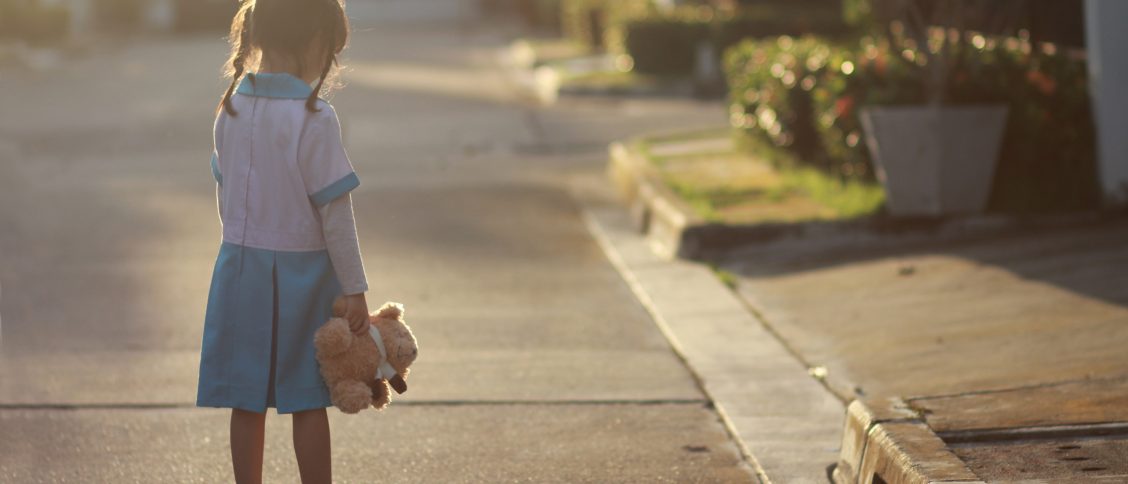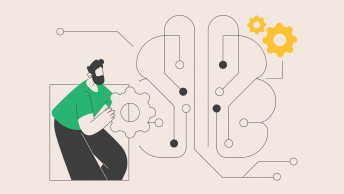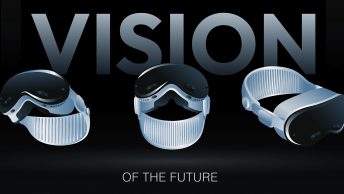Virtual reality although is not new, matured technologically in the last 5 years. The next milestones are being accomplished year by year and the next once are being set by developers in leading industries like Facebook. All to accomplish the ultimate goal: to create a virtual reality experience which will be hard to differ from reality. We are not far away from it, especially considering the visual aspect of technology evolution.
In my article about deepfakes, I wrote how far Facebook has pushed VR avatars in terms of technology and what consequences could be if we combine it with software generating realistic human avatars created by algorithms. If you missed it please check this video as a wrap up where we are in terms of exploration of virtual reality avatars. Must say it’s super impressive and scary at the same time.
But this is not the point of this article. Here I wanted to talk, how far we are pushing the boundaries in VR in terms of ethic. In 2019 a Korean company called VIVE Studios (not related to well-known VIVE brand) published a case which divided the XR industry. What they did – they recreated deceased 7-year-old girl named Nayeon to help the mother to deal with post child death trauma. The girl died because of a rare disease of the blood and the mother couldn’t deal with this fact. And somehow someone at Vive Studio thought it might be a good idea to use VR and give mother last chance to say goodbye.
VR is quite common in helping people dealing with various phobias and also to help soldiers deal with post-traumatic stress disorder. If you are interested more into this topic you can watch this interesting TED talk about VR treatment
Use of VR in this field is not new although it’s the first time (to my knowledge) when someone decided to resurrect the human being and the fact it was a child – added an additional emotional layer to it.
Recreating the human being
Let’s put the ethic aspect aside for now and focus on technology how they did it.
Using photogrammetry, they photographed her sister and based on hundreds of photos they recreated semi-realistic avatar of the dead child. Then they scanned her sister and using motion capture recreated imagined mimic and gestures of the girl.
Creating the visual representation is important but the only the first step. To make the illusion of „live” human being they must have predicted behaviour of Nayeon, and also what she will say to her mother, how will she react seeing her mother and so on. And here – I must say it’s getting really disturbing (if creepy is not a better word for it). Virtual Nayeon asked her mother questions like: “Why is so dark and cold in here?” or “Are you scared of me?”. The reaction of the mother you can watch in this video. Although is in Korean and there is no English translation.
Let’s combine the technology of super-realistic human avatars and put it into the service of resurrecting dead people. Let’s think 10 years ahead. Where it could lead us? From the top of my head:
Virtual goodbye
There are plenty of people who didn’t have a chance of closure with people they loved. We could imagine a virtual place where you can visit your deceased loved ones. Spend some time with them, talk to them, even touch them (using haptics). In 10-20 years, it could be something more than science fiction.
As we all know companies like Facebook are collecting everything we say, act, look and love. Why not use it to recreate a virtual human being? The amount of data collected on each of us is unbelievable. Based on this alone they can create a profile of each individual using their software (and even some of us which are not).
Virtual Pets
If we can recreate a human – it’s even easier to do the same with the animal and play with our long-dead beloved pets.
Virtual memories
We will be able to live once more scenes from our lives.
Ethics
As I wrote at the beginning of the article the case of virtually reviving a kid divided the industry. There was almost the same amount of people saying YES and NO. Honestly, I’m in the second camp. I don’t think we are ready to fiddle with life and death. Those subjects are complicated on so many levels. I think – technology soon will be ready to create experience called VR memories so there is a need to take a closer look at the alley of use of technology. What’s your opinion on this matter? Happy to hear from you.
Questions:
- What implication on us would have the possibility to resurrect the person and be with one in VR?
- What steps should we take to regulate this particular area of VR?
- Will medicine use VR in psychology trying to understand the human mind?
- What will happen when we combine human avatars with AI?




